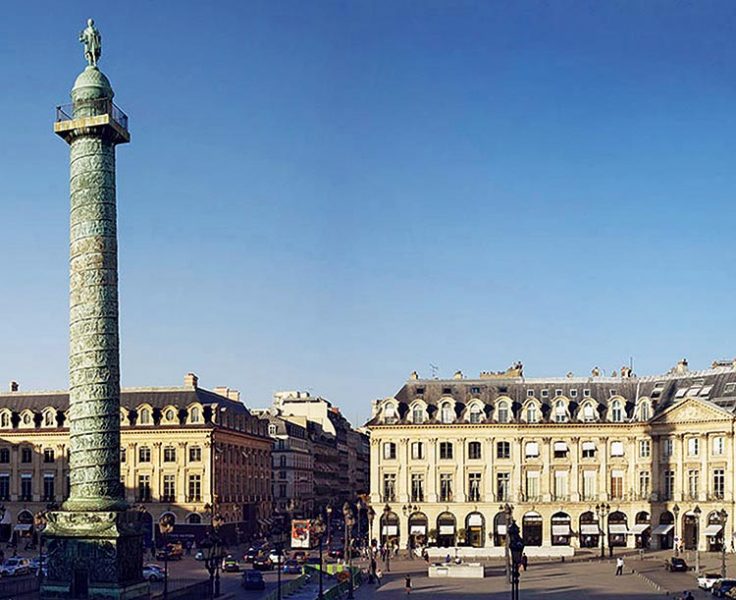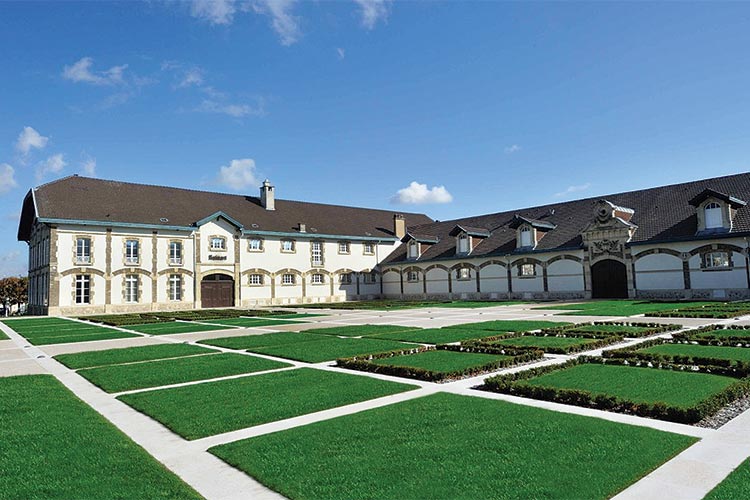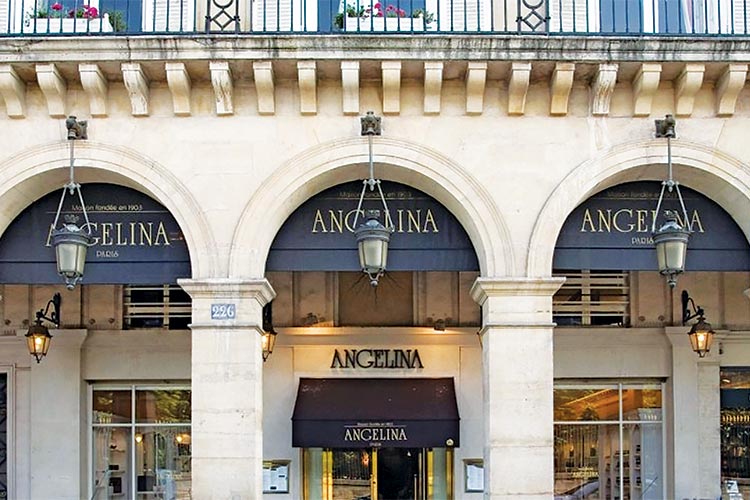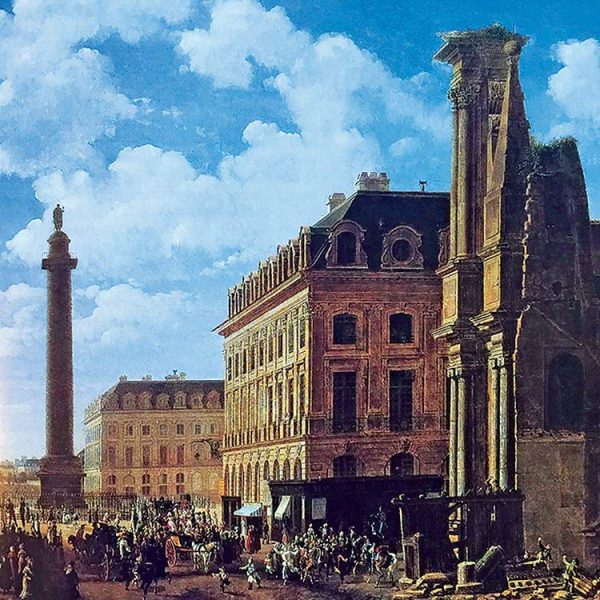Do you ever wonder why we are happy after spending a fortune on our luxury handbag or why an occasion only becomes special when Champagne corks pop? This and many other mysteries of fashionable life are sourced in the most crucial period of elegance and luxury – the reign of French King Louis XIV. It is remarkable that this period marked the first time that luxury, sophistication and elegance became factors that had to be reckoned with. Some of this, of course, had its precedent in ancient Rome, and especially during the Renaissance, but it could be argued that their style of fashion and customs did not export to other nations at the time. It was in the 1660s that Paris began to reign supreme over luxury living, and that reign persists to this day, three and half centuries later
It was in 1676 that Louis XIV came up with the idea of beautifying Paris. He initially introduced street lighting to the city, which was a huge novelty that made Paris the only city in the Europe of the time to glitter after sunset. This is probably why Paris is called the “City of Light”. This king seemed to know from the outset what kind of image he wanted to convey, and that was one of opulence and elegance.

With the help of his Minister of Finance, who wrote the book on economic protectionism and trade wars, and was determined to dominate the hugely lucrative trade in luxury goods. Together they created the first economy driven by fashion and taste. Among the first areas he sought to develop was design. And by the end of the 17th century France had become the centre for interior decoration, with decor functioning as the new art of living. Mirrors are all around us today, and that’s down to Louis XIV and his decorators. He made it easier to own a mirror, because until then mirrors had only been produced in Venice and cost a small fortune to buy. Prior to his reign, shops had been more like warehouses, while most clothes had been tailored in Europe. By the end of Louis XIV’s reign, fashion designers, brand names, fashion seasons and fashion followers had been created. Everything was in place for this novel pleasure to exist and fashion began being referred to all over Europe as a la mode. Fashion was French.

The coffeehouse became an institution in England, the Netherlands and Germany in the 1650s and ‘60s . These were fairly modest institutions – frequented by men who came to drink coffee or beer and to smoke. The modest coffeehouse was reinvented in Paris and made a luxurious venue. Beer was banished – exotic cocktails were sipped instead, while customers sat at tables made of marble, admiring walls covered with elegant mirrors and crystal chandeliers that swung from the ceilings. A newly fashionable cafe scene had emerged in the Parisian quarter of Saint-Germain-des-Prés by the turn of the 18th Century. The cafes’ clientele differed markedly from their counterparts elsewhere in Europe: elegant women gathered to show off their fashionable outfits.

Another characteristic of the French “chic and flair” phenomena was the hairdresser to the rich and famous. The status of a celebrity hairdresser meant considerable financial reward. The previous custom had been for ladies’ hairstyle needs to be taken care of by their maids. With the arrival of the celebrity hairdresser, however, a lady’s hairstyle became a signature that would be recognised by other ladies of high society. By the end of the 17th century, hairdressers continued to make house calls to their famous clients but also had their own salons, enabling them to reach a broader clientele. A multitude of hairdressers opened salons in the vicinity of the Louvre, right around the corner from the Palais-Royal.
French chefs were the first to radically eliminate the Oriental spices that had dominated medieval cuisine. Sweet dishes had also been part of every course prior to the birth of Haute Cuisine. These new French chefs allowed salt and pepper to dominate their menus, while they also shifted sweet dishes to the last course, which began being referred to as dessert.

With the help of lots of butter, chefs started making sauces that would become integral to dishes. It would also no longer be necessary to stack the table with lots of food, as had been the norm in the middle ages. The freshest seasonal foods would be cooked without their true taste being destroyed in the process. Asparagus should be croquant, i.e. crisp; meat should be rare and served straight from being grilled in its own juice. The doctrine of elegant simplicity in food, art de table, created a new wave in cuisine that would essentially become the art of fine dining.
Champagne was invented in France and by 1674 was being marketed as the “in” tipple and the finest wine. The man accredited with inventing champagne was Benedictine monk Dom Pierre Pérignon. And no ceremony or celebration was considered perfect if champagne was not served from the late 17th century onwards. This sparkling new wine had become an integral part of the dazzling new image of France and Voltaire immortalised it in his poem called “Le Mondain” (The man of the world) “The sparkling foam of this frosty wine / Is the brilliant image of our Frenchmen”. It was Dom Thierry Ruinart, another Benedictine monk, who shared Pérignon’s secret wine with his family of winemakers and founded the first company, or Maison, devoted exclusively to the production of champagne.

Prior to the arrival of Louis XIV, no one would have considered diamonds as being anyone’s best friend. Very few people thought of diamonds at all before the 17th century. It was the pearl that had been the top status symbol during the Renaissance, followed by rubies and sapphires. The most celebrated piece of jewellery that had been owned by Louis XIV’s mother, Anne of Austria, was a pearl necklace.
By the end of Louis XIV’s reign, the diamond rivière (a necklace composed of a single string of continuous diamonds) had replaced the string of pearls as the trophy necklace. Cartier, Van Cleef & Arpels, Chaumet and Boucheron are among the French jewellers that can still be seen today in the French capital’s ultrachic Place Vendôme square.
Louis XIV gave the world something far more important than luxury goods. He redefined some of our basic activities, usually elevating the mundane to a new status – one of pleasure and indulgence. And that’s why the Italians of the time dubbed Paris the land of desire.